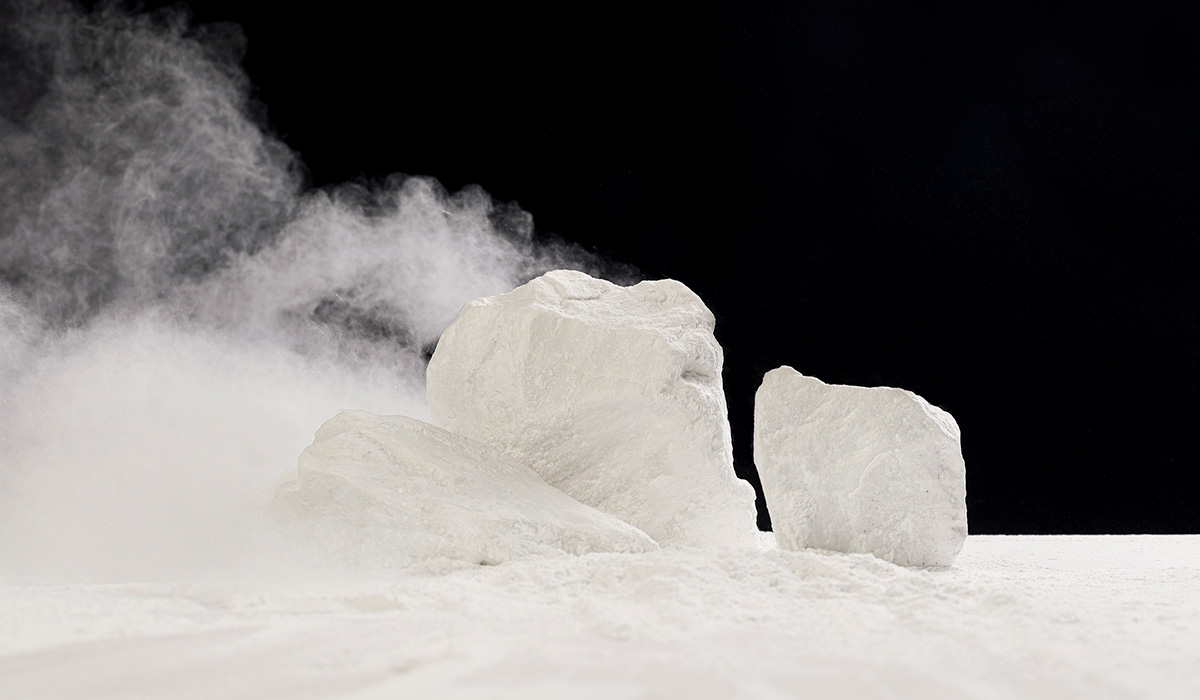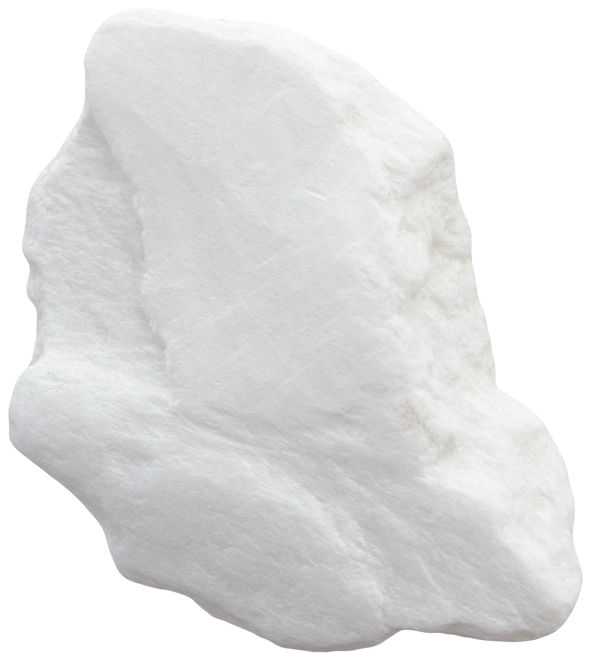Talc
Talc is a mineral used in your everyday life. Most of the people are familiar with this mineral. Talc is one of the most widely-used natural minerals in different industries. Talc can be crushed into a white powder known as Talc powder. This powder has the ability to absorb moisture, absorb oils, absorb odor, and serve as a lubricant, etc. This powder is used as an important material in human’s life. Another type of talc is known as soapstone that is a soft rock and has been used to make ornamental and practical objects like seals, sculptures, bowls, etc. Though Talc powder and soapstone are two of the more visible uses of Talc, they form a very small fraction of Talc consumption. The unique properties of Talc make it a significant ingredient for making cosmetics, pharmacy, rubber, ceramics, paper, paint, roofing materials, insecticides, foods, and so on.

What is Talc?
Naturally, Talc is a mineral made up of silicate, magnesium, oxygen and hydrogen; indeed, it is composed of hydrous magnesium silicate with the chemical formula of Mg3Si4O10(OH)2. Though the composition of Talc usually is close to the foregoing generalized formula, some substitution occurs; for example, a small amount of aluminum or titanium can substitute for silicon; a small amount of iron, manganese, and aluminum can substitute for magnesium; also, a very small amount of calcium can substitute for manganese. When a large amount of iron substitutes for manganese, the mineral is known as Minnesotaite and when a large amount of aluminum substitutes for manganese, the mineral is known as Pyrophyllite. Talc is usually green, white, grey, brown, or colorless. It is a translucent mineral with a pearly luster. It is the softest known mineral, has a hardness of 1 on the Mohs Hardness scale, and can be scratched with a fingernail. Talc is a monoclinic mineral with a sheet structure similar to the micas. It is a phyllosilicate mineral that is divided into thin sheets. These sheets are held together only by Van der Waals bonds, which allows them to slip past one another easily. This characteristic is responsible for the extreme softness of Talc, its greasy, soapy feel, and its value as a high-temperature lubricant. Small sheets of Talc are flexible but non-elastic; it is not a good conductor of heat and when we touch it we feel greasy. This mineral does not dissolve in water, but it dissolves a little in acidic minerals and does not melt in flames. Talc powder is used in many products we use every day. Research, clinical evidence and nearly 40 years of studies by independent medical experts around the world continue to support the safety of Talc. Moreover, studies has been done by independent authorities around the world like Food and Drug Administration, and World Health Organization; all studied the potential hazard of biomass and determined that asbestos-free Talc is safe. National Cancer Institute approved that asbestos-free Talc powder would not cause a cancer, too.

How Does Talc Form?
Talc is a mineral that results from the metamorphism of some minerals like serpentine, olivine, pyroxene and amphibole in the presence of carbon dioxide and water. This metamorphism is called Talc carbonation in which Talc is formed by hydration reaction and serpentine carbonation. Talc can also be formed via a reaction between dolomite and silica, which is typical of skarnification of dolomites via silica-flooding in contact metamorphic aureoles. Talc can also be formed from magnesium chlorite and quartz in blueschist and eclogite metamorphism via the metamorphic reactions.
Talc Mining and Processing
Talc is mined in open-mining pits where the rock is drilled and blasted in the mining operation. Great care is taken during the mining process to avoid contaminating Talc with other rock materials. These materials can have an adverse effect on the color of the product. Contamination can introduce hard particles to Talc that cause problems in its applications where it is used because of its softness or lubricating properties. Today, Afghanistan’s Talc is ranked as the best example of Talc in the world in terms of whiteness, purity of materials and the presence of the least harmful substances. With the efforts and teamwork – which has the best experienced people in the field of raw materials – and with its unique mines in Afghanistan, Hanakia Company is able to provide a high-tonnage scale of Talc lumps with the whiteness degree up to 98.3% to the best companies around the world.
